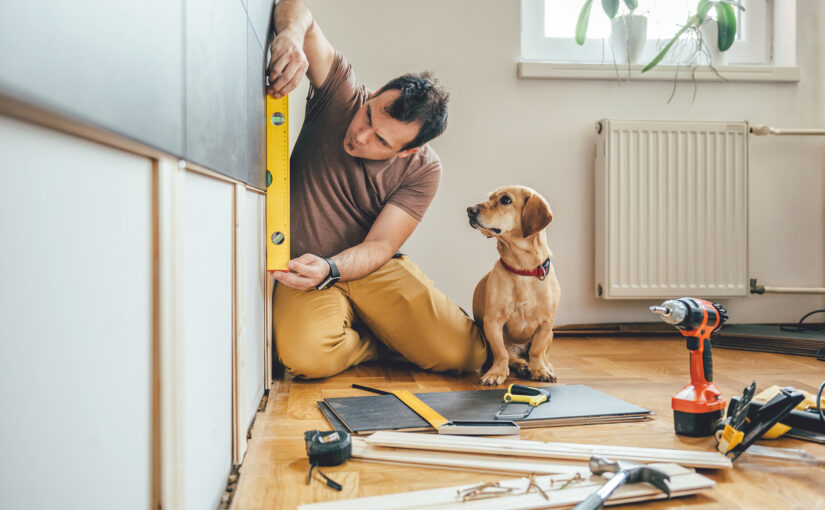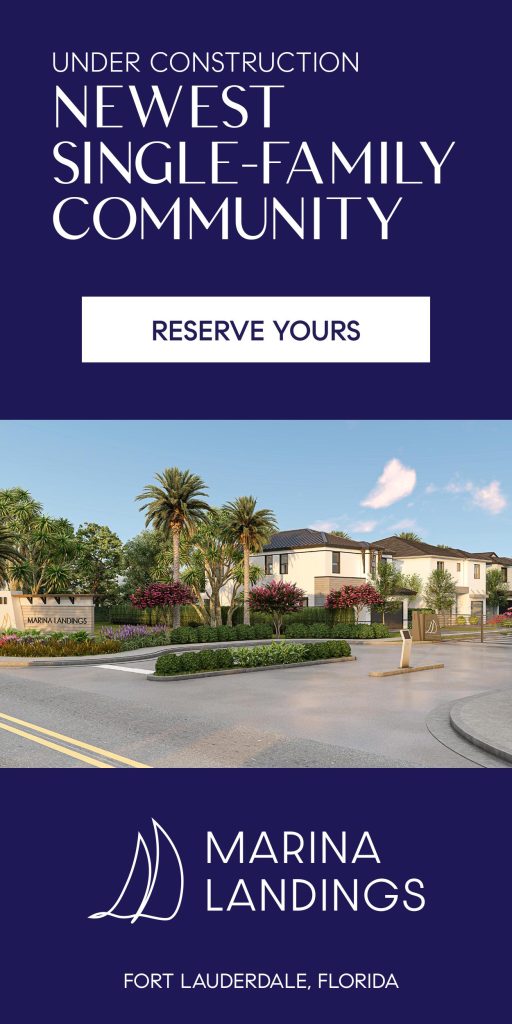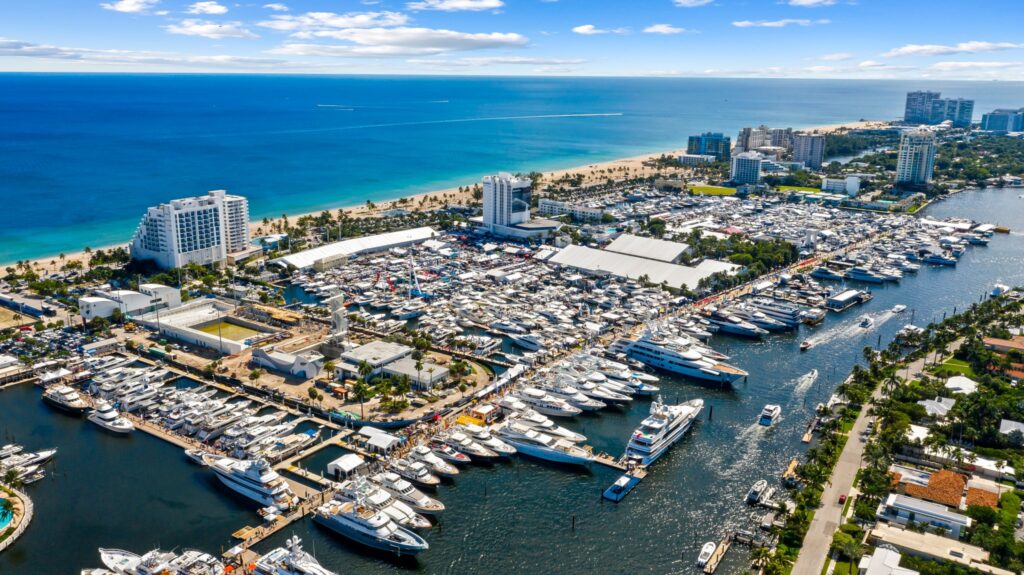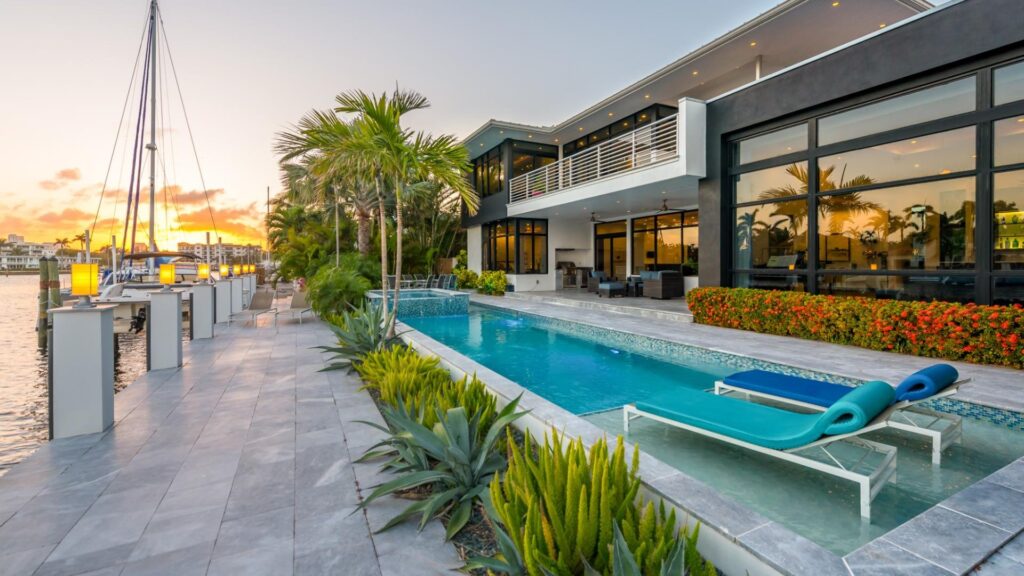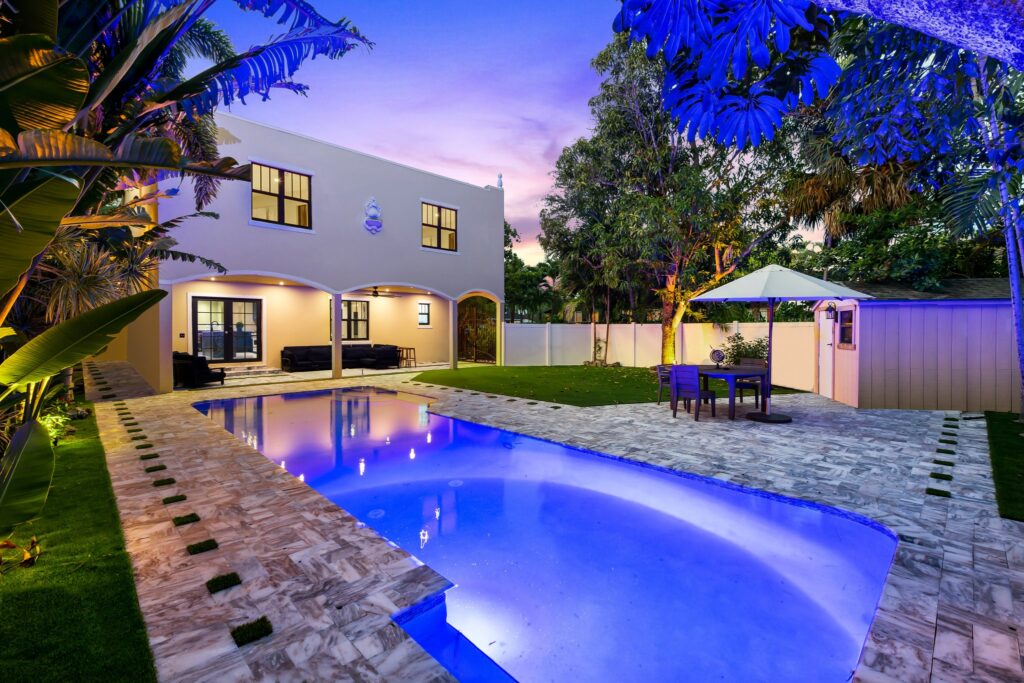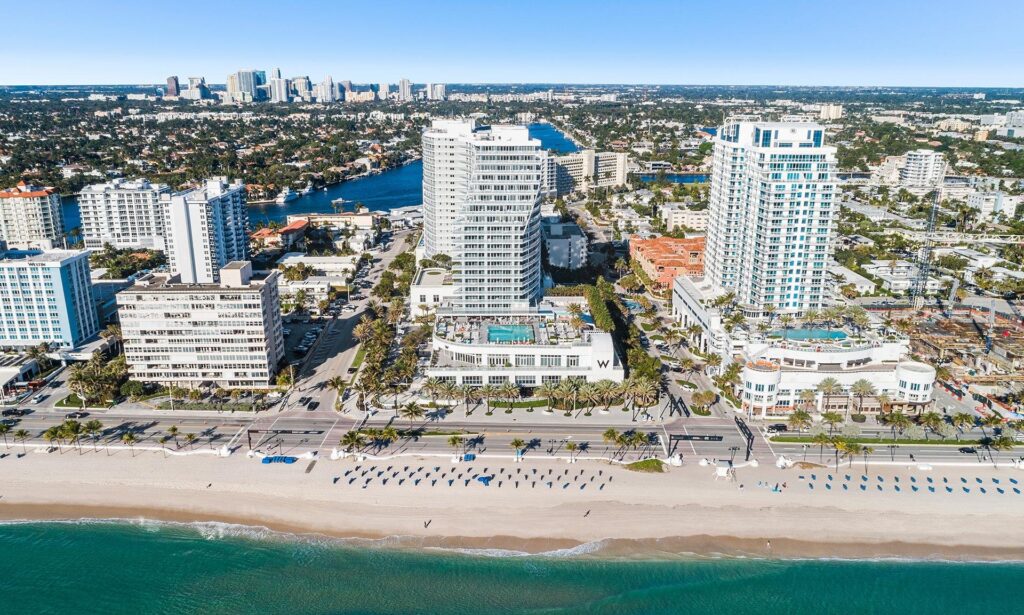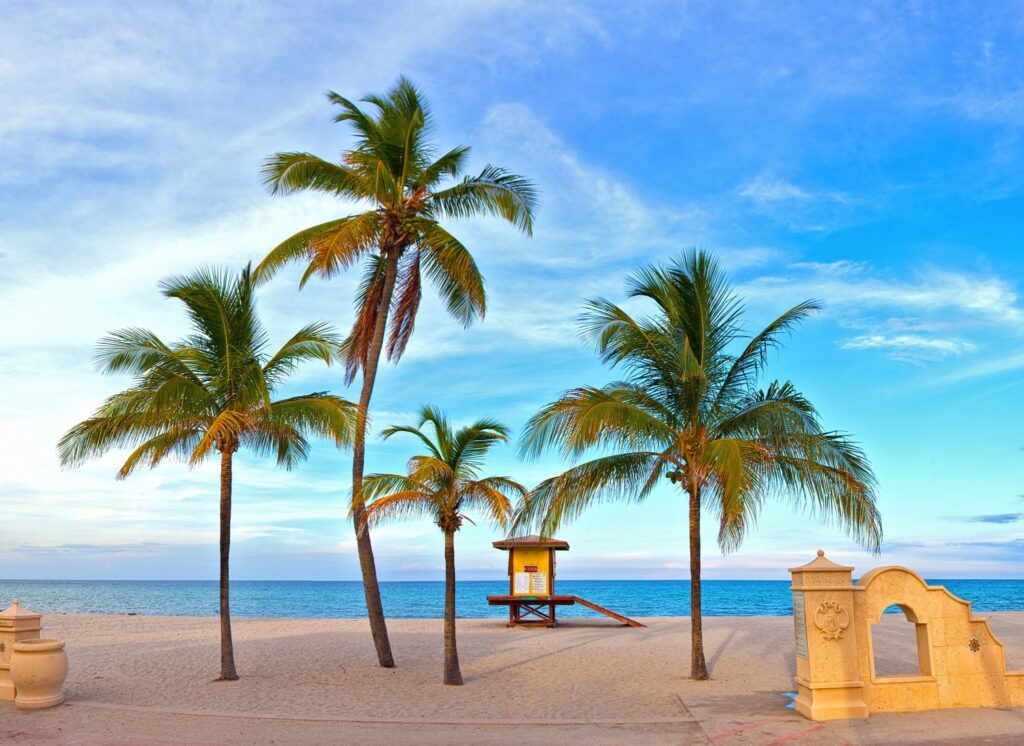1. Replacement of sliding glass doors and windows
Unless you live in a high-risk zone for wind damage and hurricanes, this home improvement is unlikely to add much value to your property. Not only that, but it’s also quite costly. On average, hurricane impact windows cost about $1,500 to $2,000, while regular windows cost around $300. You can choose a less expensive alternative and go with some double pane windows that cost an average of $450 – 700 dollars per window.
2. Architectural Digest
If you want to make your kitchen look like it came straight out of Architectural Digest, go ahead and spend the money. But don’t be fooled by high-end appliances; they won’t give back as much profit in return on investment as what was spent upon them! Instead, focus on making incremental improvements such as adding new countertops or painting cabinets–those will always pay off over time due to their low cost per unit volume (money) that needs replacing compared with more expensive items requiring larger budgets.
3. The same goes for Garage Conversions
Homeowners spend around $10,000 or more to convert their garage into a living space. This home improvement does not add value, but it can be expensive and take some time before you get any return on your investment–so think twice if selling in the near future! Although some people want an extra room for guests or family members, converting a garage into a living space is often seen as less appealing because there usually isn’t much demand from potential buyers who don’t have enough extra square footage at hand when looking over properties.
4. Solar Panels
Solar panels are a substantial initial investment, costing upwards of $20,000. They will save you money on your monthly energy bill, but they are not always the best choice when selling your home.
Potential buyers often see solar panels as an unattractive addition to the property and may be turned off by them. Additionally, solar panels typically have a 20-30 year lifespan. This means that they may need to be replaced by the time the new homeowners are ready to sell, resulting in little to no return on investment.
5. In-ground Swimming Pools
Like solar panels, in-ground swimming pools are also a significant initial investment, costing an average of $30,000. They are also high-maintenance and can be a turn-off for potential buyers who do not want the hassle or expense of owning a pool. In fact, many buyers are deterred by homes with pools because maintenance and upkeep required for both water safety reasons as well general cosmetic appearance can be tedious or costly depending on how much time you want to spend at home each day cleaning up after yourself! So before looking, consider whether it would make more sense to buy something different instead.
6. Luxury Bathroom Fixtures
While upgrading your bathroom fixtures may make your daily routine more enjoyable, it is unlikely to be a selling point for most home buyers. People are generally looking for a functional bathroom space rather than one that is over the top and luxurious. So while you may love your heated towel rack and Jacuzzi tub, it is probably best to keep things more low-key if you want to get the most value for your home.
7. Don’t even think about adding a wine cellar
This could be one of the most overrated home improvement ideas of all time. Not only is it a considerable expense to install, but it also requires ongoing maintenance and care. Wine cellars are also not very practical since they can only be used to store wine and not much else. If you love wine, stick to collecting a few bottles that you can keep in a regular old cabinet. It’s not worth to ooh’s and ahhs you may receive from house guests because, rest assured, potential home buyers could care less!
8. Oversized Home Extension
An oversized home extension might not be as great of an idea as you initially thought. To get a realistic perspective, compare the average square footage for homes in your neighborhood to your plans. If building a second story or expanding your home would make it the biggest house on the block, you may have difficulty selling it later for the price per square foot you may expect. Just because your home is larger doesn’t mean it will yield a higher price per square foot than your neighbors. Plan strategically. Consider how the space is being utilized. In this case, it may be worthwhile to hire an architect who can give market insight into how to allocate the square footage to get the best ROI.
Making the right home improvements can add value to your home and make it more enjoyable to live in. However, it is important to avoid making the wrong improvements, as this can decrease your home’s value. Use this list as a guide to help you make the right choices when it comes to home improvement!

